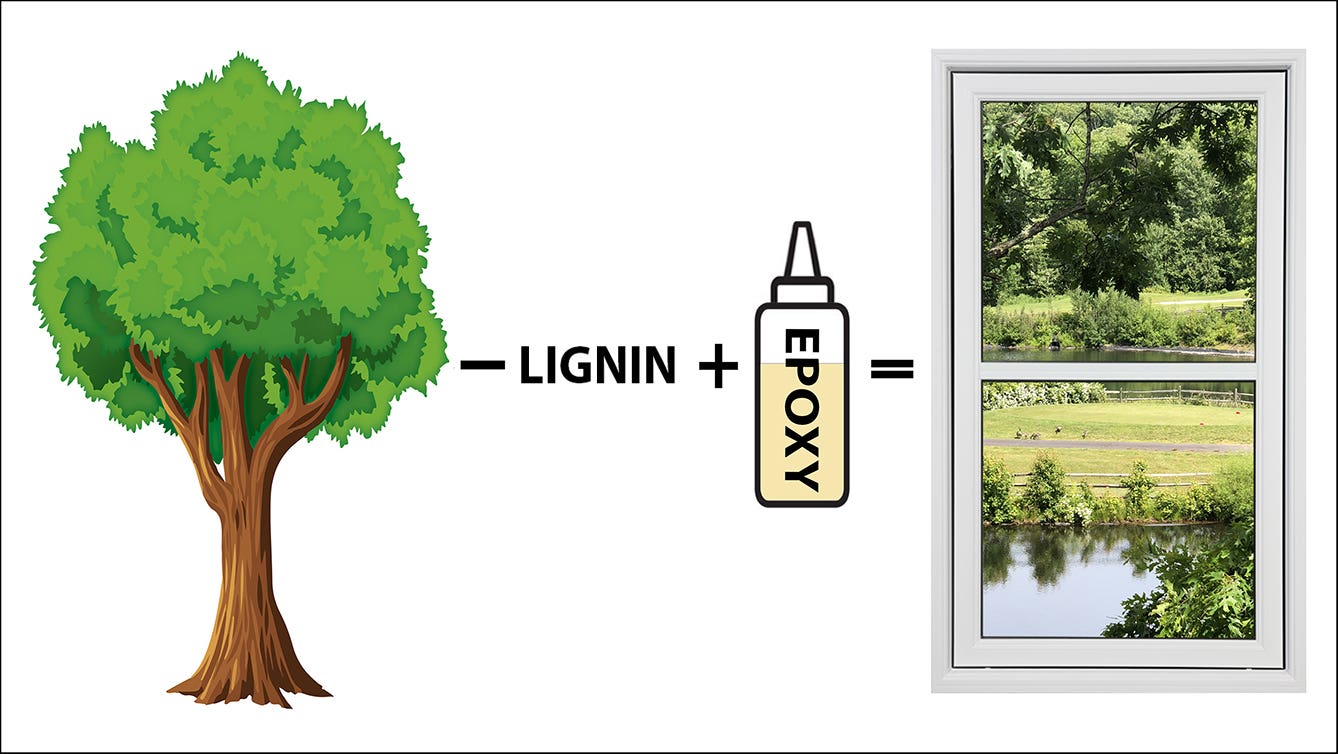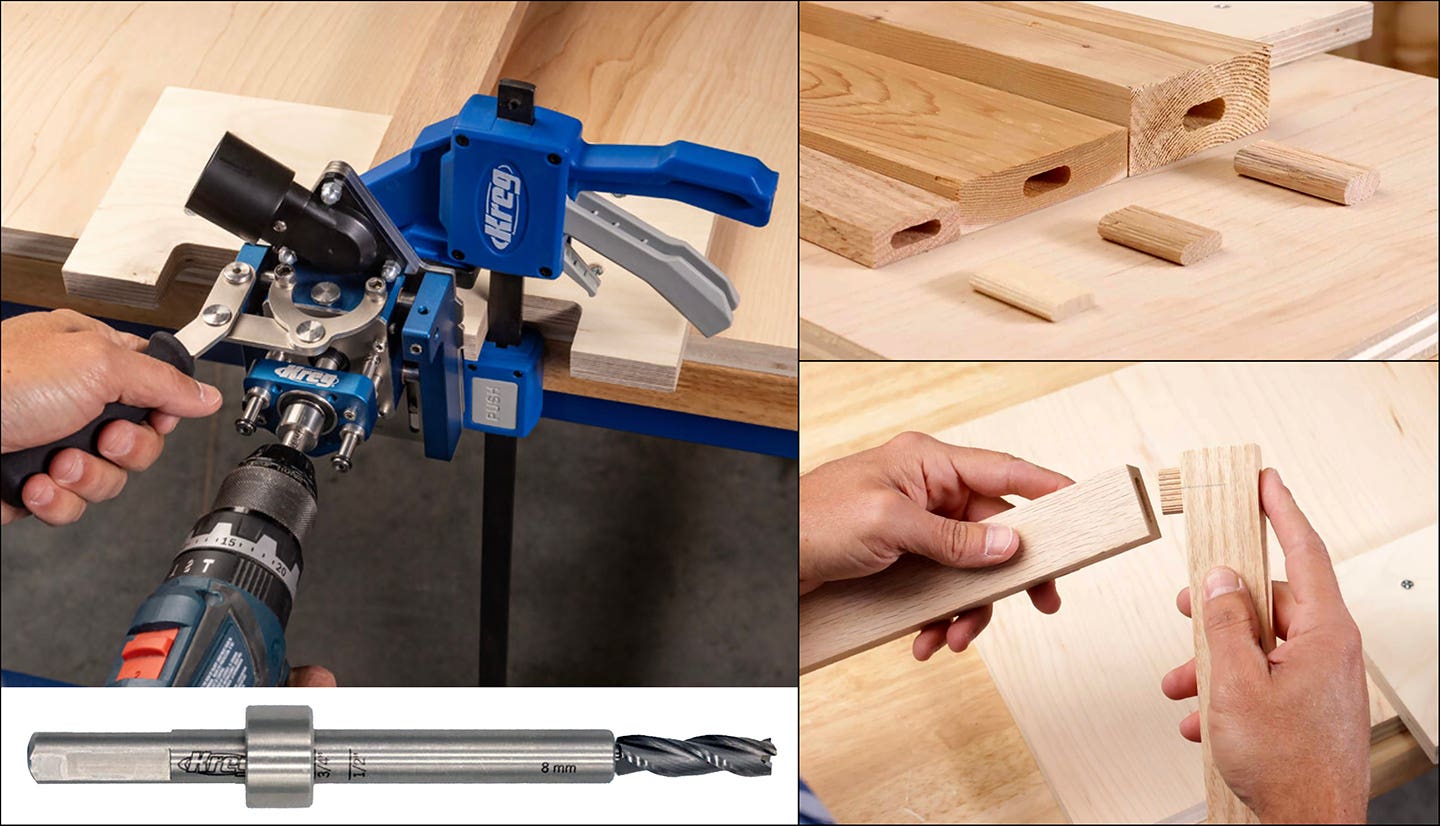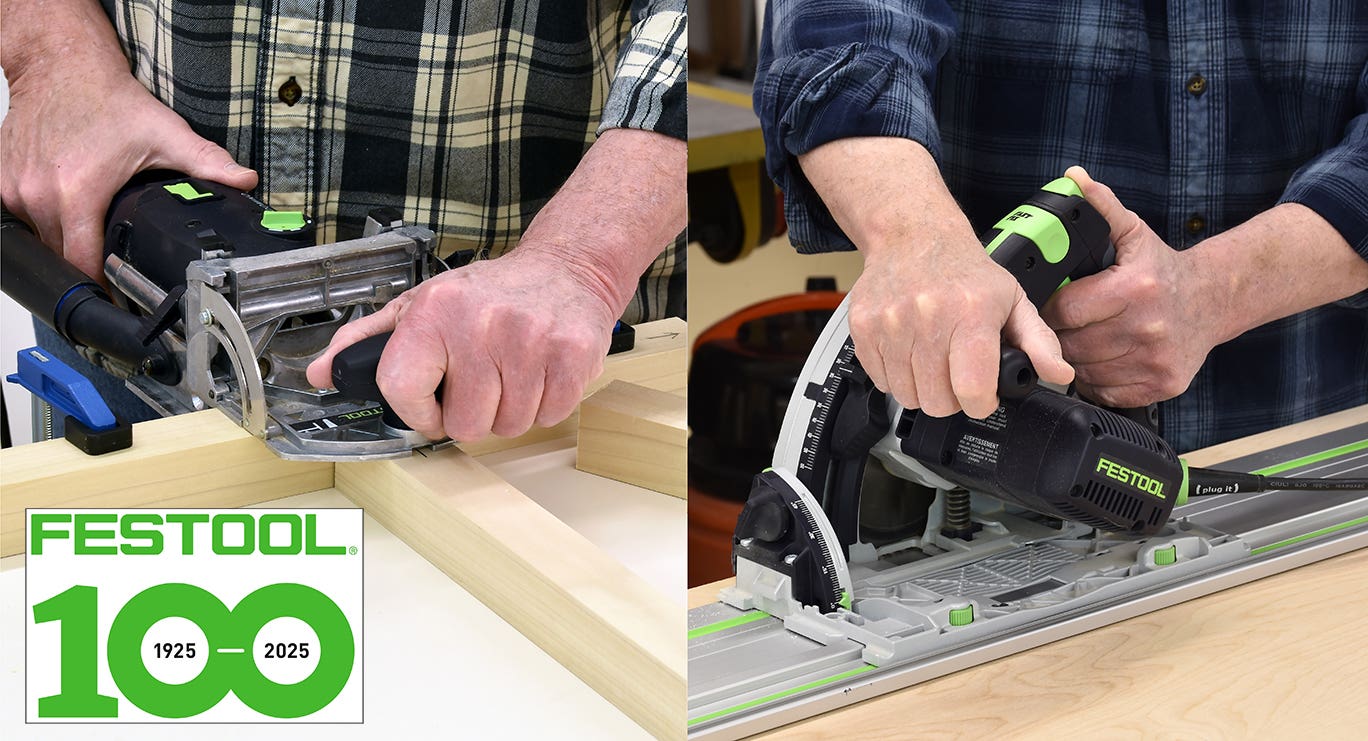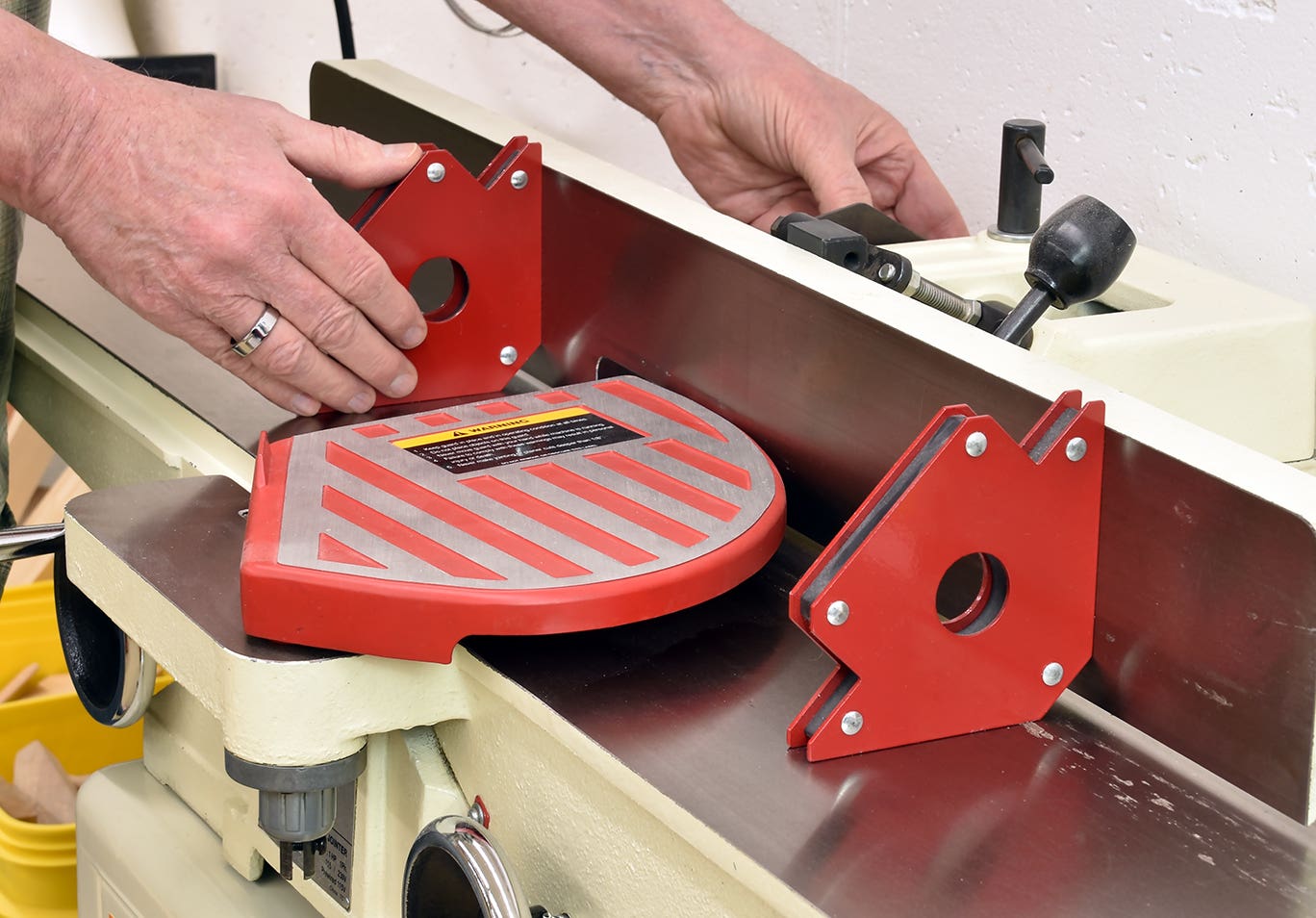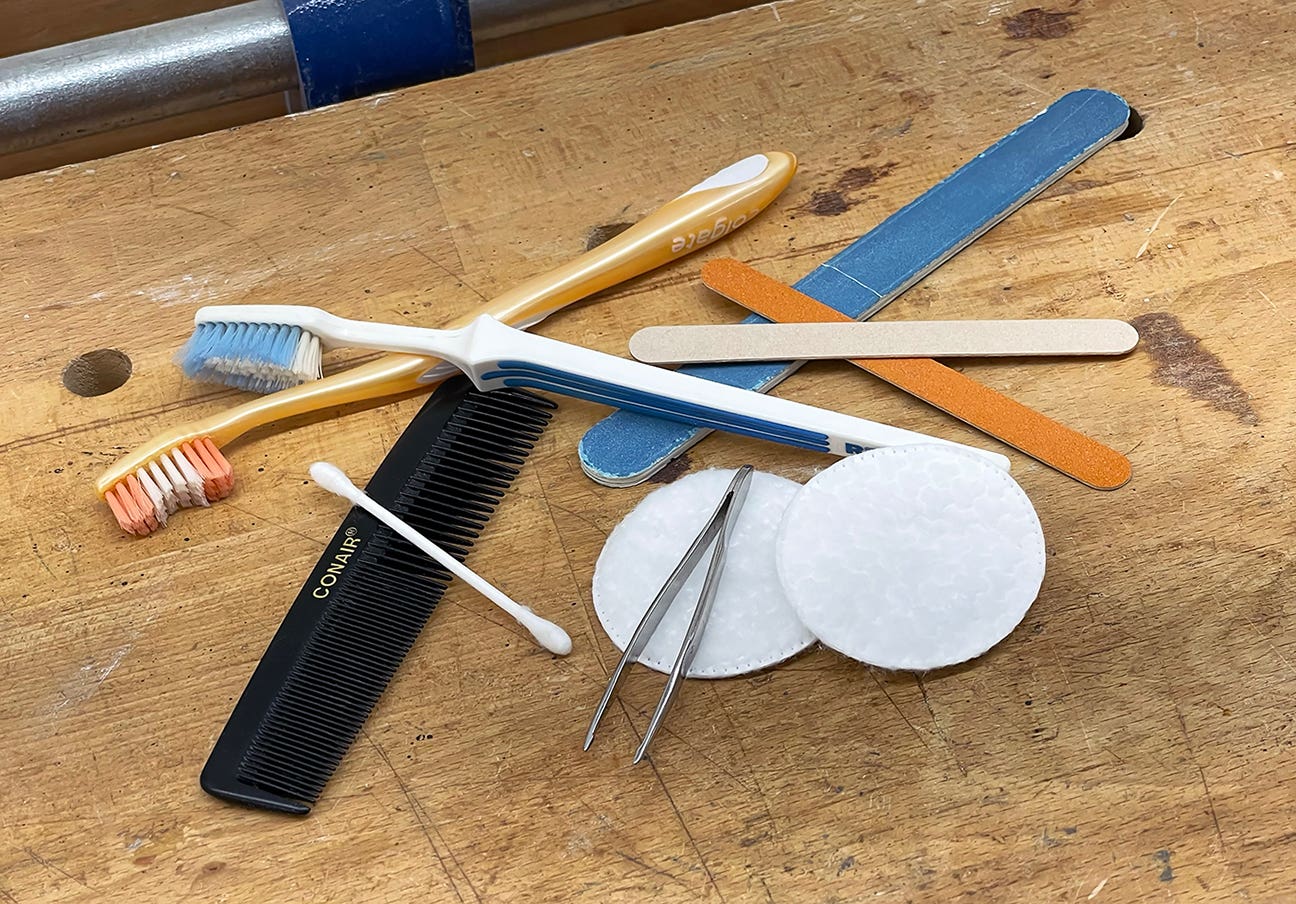Some woods can be harmful to your health
If you regularly work with exotic hardwoods such as rosewoods and ebonies and have developed persistent skin-rash sensitivities, help might be on the way. For two years, I received injections…
If you regularly work with exotic hardwoods such as rosewoods and ebonies and have developed persistent skin-rash sensitivities, help might be on the way. For two years, I received injections of a compound extracted from the dust of dozens of exotic and domestic hardwoods in a treatment called low dose allergen therapy and am now mostly free of allergic reactions to these woods.
Allergies to wood dusts are becoming more common today as exotic woods from around the world have become easier to obtain. Websites have sprung up offering a wide variety of species delivered straight to your doorstep. But along with these beautiful woods come a host of chemical compounds, many of which have yet to be identified. These include tannins, quinones, lignans, terpenes, sterols, glycerols, resin acids, waxes, alcohols, alkaloids and others.
In the rosewoods such as Mexican cocobolo, Brazilian kingwood and African blackwood, the key allergens are the quinones that are toxic biocides made to protect the tree against fungal and microbial invasions. These biocides also fool the immune system into thinking they are deadly pathogens worthy of attack. In some people, continuous exposure to allergic compounds can result in escalating reactions from dermatitis and bronchitis to more severe asthmatic reactions and even life-threatening anaphylaxis. It's not a matter to be taken lightly.
Woodworkers traditionally address the wood dust issue with the use of dust masks, respirators, exhaust systems and air filtration systems. These safety measures are quite effective in preventing major lung diseases by reducing broad exposure to coarse dust particles down to about 5 microns in size and even fine particles down to 1 micron with filtered respirators and some of the better air cleaners. The best commonly available HEPA filters will go down to about 0.3 micron, the lower limit of fine particles, with 80 percent efficiency.
What these don't protect against though are the ultrafine particles less than 0.1 micron in size that are produced by sanding operations. These particles are so small they can easily penetrate the skin and lungs where they are directly absorbed by the body, causing immunologic reactions within hours.
I've worked with exotic hardwoods for many years and have often had minor and annoying skin reactions. About 15 years ago, I had a patch test done that showed I had become sensitive to many exotic hardwoods, especially rosewoods and ebonies. Since then, my reactions had increased, moving from a stage of common sensitivity to a more serious stage of hypersensitivity where the slightest exposure would cause a full immune-system reaction. I had a serious problem.
After several calls to traditional allergy clinics and a bit of research, it became evident that there were no conventional allergy treatments available for wood dust in the U.S. as there are for more common allergens like pollens and molds. On a recommendation, I contacted the Santa Fe Center for Allergy and Environmental Medicine and Dr. W.A. Shrader, who specializes in low dose allergen, or LDA, therapy, which is an alternative form of allergy treatment.
LDA is quite different from conventional escalating dose therapy commonly used for pollens and hay fever. In conventional therapy, dose levels of an offending allergen are increased over time with the purpose of building antibodies to the allergen. This therapy can be quite effective, but might take years to have the desired effect and require a heavy regimen of shots. Dosages generally start around 100 ppm (parts per million) and are increased to as high as 100,000 ppm or one part in 10. In addition, side effects can pose potential health risks with this type of therapy.
LDA therapy, on the other hand, uses extremely low dose levels around 0.001 ppm or one part in 1,000,000,000,000 and has proven to be 75 to 80 percent effective in treating allergies and sensitivities to a variety of pollens, molds, foods and chemicals. This type of therapy addresses the immune system's T cells. In an allergic reaction, T cells notify mast cells to release histamines causing a cascade of allergic events. In LDA therapy, continuous low-dose exposure to an allergen creates longer and longer living T suppressor cells, effectively building up a wall of protection against the offending allergen.
After consultation, it was agreed that a collection of more than 50 types of woods that I work with would be made into a single compound for LDA injection therapy. This included more reactive woods like ebonies, rosewoods and burl woods as well as less reactive exotics such as purpleheart, bloodwood and padauk. It also included a number of common domestic hardwoods and softwoods as well as MDF and plywood.
The compound was made in three different strengths as trial intradermal doses injected into the forearm in quick and simple treatments. These shots were administered every two months at varying doses for a year, then a little less frequently in the second year. I now receive a booster every six months to make sure enough desensitized suppressor T cells remain in the bloodstream.
After the first few injections, I didn't notice any changes in my reactions to the wood dust, but by the end of the first year of therapy I was mostly free of skin reactions. I continue to work regularly with woods such as Madagascar rosewood, Macassar ebony and Panamanian cocobolo with little or no reactions. It is unknown whether my case is typical without a lot more trial data, but my success now offers new possibilities for others who suffer from exotic wood dust allergies.
If you think you might be interested in this type of therapy, there are a number of allergists around the U.S. who specialize in LDA so there might be one in your area. For information, contact the Santa Fe Center for Allergy & Environmental Medicine at www.drshrader.com.
Bud Latven is the principal of Bud Latven Studios in Tajique, N.M. www.budlatven.com
This article originally appeared in the January 2011 issue.
A.J. Hamler is the former editor of Woodshop News and Woodcraft Magazine. He's currently a freelance woodworking writer/editor, which is another way of stating self-employed. When he's not writing or in the shop, he enjoys science fiction, gourmet cooking and Civil War reenacting, but not at the same time.


